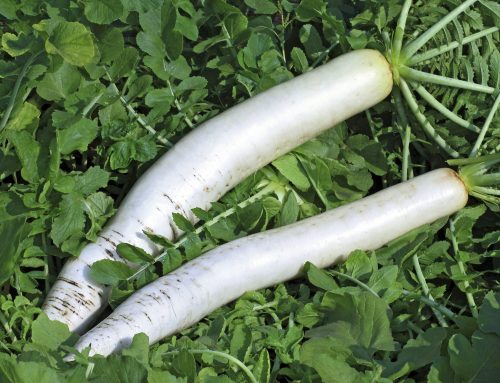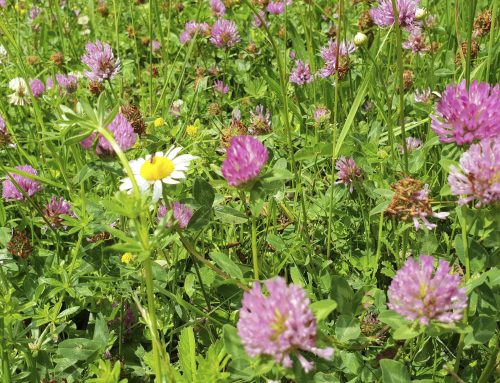Maintaining a horse and pony paddock

Taking care of your horse and pony paddock will help to maximise grass quality and growth on your fields. This ensures that your horse is getting a sufficient amount of nutrients and vitamins when grazing. A good paddock maintenance regime will benefit both the horse and land.
Important considerations:
1. Poo-picking — We know it’s not everyone’s favourite job, but doing this task weekly stops it getting out of hand, as we all know it soon builds up! Horses generally won’t graze areas that are tainted by droppings, and this encourages weeds to grow. It is also a great contribution to your worming program. Keeping on top of droppings on grazing areas will also help to reduce parasite burden.
2. Avoid overgrazing — Overgrazing leads to fields becoming bald and patchy, which in turn aids the growth of weeds. Of course, not everyone has spare fields that they can rotate their horses between. However, strip grazing is a great method, for those that don’t have access to large amounts of land, to rest parts of their pasture. It gives it the chance to recover and re-grow.
3. Harrowing — A process that removes dead material from the land. Harrowing lets air into the soils surface and also allows sunlight into the bottom of the sward. It is handy for breaking up any droppings that may have been missed too.
4. Rolling — Most paddocks will get churned up over winter, mainly along fence lines and around gateways. Rolling is best done when the soil is still a little damp but not too wet. If you roll when the ground is too wet will compact the ground and stunt grass growth.
5. Soil nutrients and fertilizer — Over 85% of grassland is mineral and trace element deficient, so this is a very important part of pasture maintenance as this will affect the quality of grass produced. Soil sampling is a great way to get an accurate breakdown of deficiencies and nutrient levels. As proud stockists of Suregrow Paddock & Pasture Fertiliser [4bags per acre] we are strong believers that this is the best thing on the equestrian market. It contains the major nutrients (Nitrogen, Phosphorus and Sulphur) needed for growth, weed suppression and stimulation of root development. Slow nutrient release ingredients avoid lush grass growth. There is also no need to remove horses during application. We also stock CSM grassland nutrition which contains over 70 minerals and trace elements. CSM encourages root development, improves the eating quality of grass and acts as a soil conditioner which results in a denser more vibrant sward.
6. Patching — Areas along fence lines and gateways are normally where reseeding is needed the most. In these areas we recommend using our Equine Overseeding Paddock Grass Seed Mix which is quick to establish. This means it is great for filling in any other bare patches around your grazing land.


